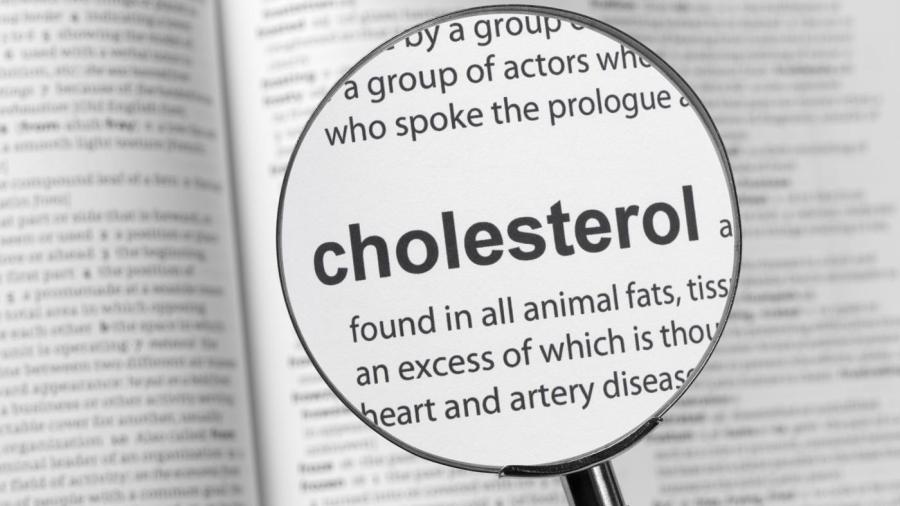What Does It Mean When Your HDL Is Low?

A low level of high-density lipoprotein, or “good cholesterol,” is a risk factor for heart disease and stroke. According to the American Heart Association, a low level of HDL is less than 40 milligrams per deciliter for men and less than 50 milligrams per deciliter for women.
HDL cholesterol is the good form of cholesterol. It travels through the bloodstream in microscopic blobs, removing harmful low-density lipoprotein (LDL) cholesterol from the artery walls and transporting it to the liver where it can be reprocessed. Thus, high levels of HDL cholesterol are healthy, whereas low levels indicate that “bad” cholesterol isn’t being kept in check. By keeping the inner walls of the blood vessels clean and healthy, HDL also helps prevent the build-up of harmful cholesterol-rich fatty plaques, known as atherosclerosis.
A cholesterol test, called a lipid panel, is used to determine HDL cholesterol levels. HDL levels greater than 60 mg/dL are high and indicate a lower risk of heart disease. Low levels (less than 50 mg/dL for women or 40 mg/dL for men) put you at a higher risk of heart disease, according to the Global Post.
WebMD notes that several lifestyle changes can help you raise your HDL cholesterol to a healthier level. Regular aerobic exercise, maintaining a healthy weight and quitting smoking can all contribute to higher HDL levels.





